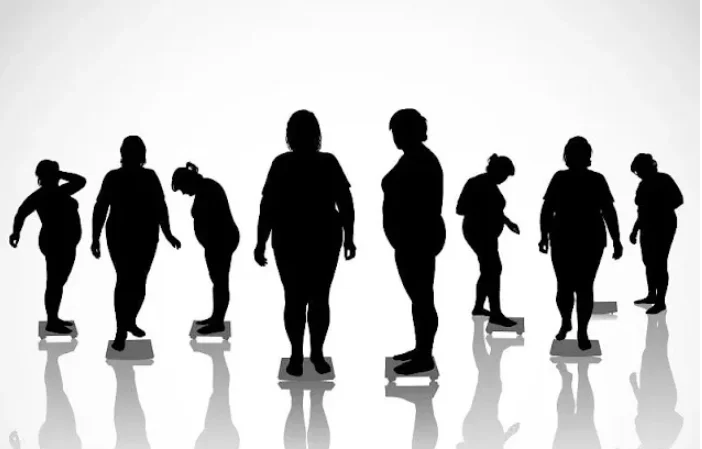Obesity is a complex issue with various underlying causes, and no single approach works for everyone. Understanding where your body stores fat can help you adopt the right strategies for weight management.
Recent research has categorized obesity into distinct groups, shedding light on why different people require different treatment approaches. A study published in the Journal of Public Health examined 4,000 obese adults and classified them into six categories:
The Six Types of Obesity
- Healthy Young Women – Obese but with minimal health complications like type 2 diabetes.
- Heavy Drinkers – Similar to the first group but characterized by high alcohol consumption.
- Middle-Aged Individuals with Anxiety and Depression – Primarily women in their fifties who struggle with mental health issues.
- Older, Wealthy, and Generally Healthy Individuals – Despite obesity, they maintain good health but may experience high blood pressure and consume more alcohol.
- Older Individuals with Physical Ailments but Positive Mental Health – Suffer from chronic conditions like osteoarthritis but remain mentally well.
- Individuals with Poor Overall Health – Often facing financial struggles and multiple chronic diseases.
This classification highlights the need for personalized weight management strategies. While this is a significant step forward, further research is needed to refine treatment approaches.

Body Fat Distribution: Android vs. Gynoid
Fat distribution patterns vary by gender and genetics:
- Android Fat Distribution – More common in men, leading to an “apple-shaped” body with excess fat around the abdomen.
- Gynoid Fat Distribution – More common in women, resulting in a “pear-shaped” body with fat stored around the hips and thighs.
Types of Obesity and How to Address Them
1. Upper Body Obesity (Android)
Cause: Excess calorie intake and lack of exercise.
Solution: Reduce sugar consumption and engage in at least 30 minutes of daily physical activity. Consulting a healthcare professional can be beneficial.
2. Stomach Obesity (Android)
Cause: Stress, anxiety, or depression.
Solution: Manage mental health through relaxation techniques and regular exercise. Seeking professional guidance may help.
3. Lower Body Obesity (Gynoid)
Cause: More common in women due to hormonal factors.
Solution: Incorporate lower-body resistance training and cardiovascular exercises. Since this type of fat can be stubborn, professional support may be helpful.
4. Swollen Belly (Android)
Cause: Excessive alcohol consumption or breathing issues.
Solution: Reduce alcohol intake and practice proper breathing exercises.
5. Lower Body Obesity Extending to the Lower Legs (Gynoid)
Cause: Common in pregnant women, leading to swelling.
Solution: Water aerobics and elevating the legs can reduce discomfort.
6. Large Protruding Belly with Upper Back Fat (Android)
Cause: Inactivity and unstable blood sugar levels.
Solution: Increase physical activity and maintain stable blood sugar through small, frequent meals.
The Importance of Identifying Your Obesity Type
Recognizing where and why your body stores fat can help you create a personalized weight-loss strategy. By addressing the root causes—whether they stem from diet, lifestyle, or mental health—you can take meaningful steps toward long-term wellness.
Man turns himself into a ‘black alien’, internet is amazed at his before and after pics
Anthony Loffredo has transformed his body with tattoos and extreme modifications in his quest to resemble an alien. While tattoos and plastic surgery are common ways people alter their appearance, Anthony has taken these changes to a whole new level.
Covered in tattoos and with radical body modifications, he embodies his vision of an extraterrestrial look. His journey, known as the “Black Alien Project,” has gained viral attention, with before-and-after photos capturing the shocking extent of his transformation.

The UK resident Anthony Loffredo, who many people think looks very scary, said he wants to look like a real-life alien and that is why he has done the extreme body modifications. He has grabbed eyeballs after he transformed himself into a ‘black alien’.

Anthony through various medical procedures has sliced off his upper lip, nose, ears and has split his tongue into two. Not only that, the 32-year-old has his body covered with tattoos and piercings. He has admitted that though making moderation to his lips and tongue has caused difficulty in speaking, he is very happy with it nevertheless.
Take a look at Anthony’s picture before and after the black alien transformation:




Leave a Reply